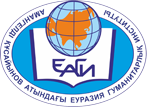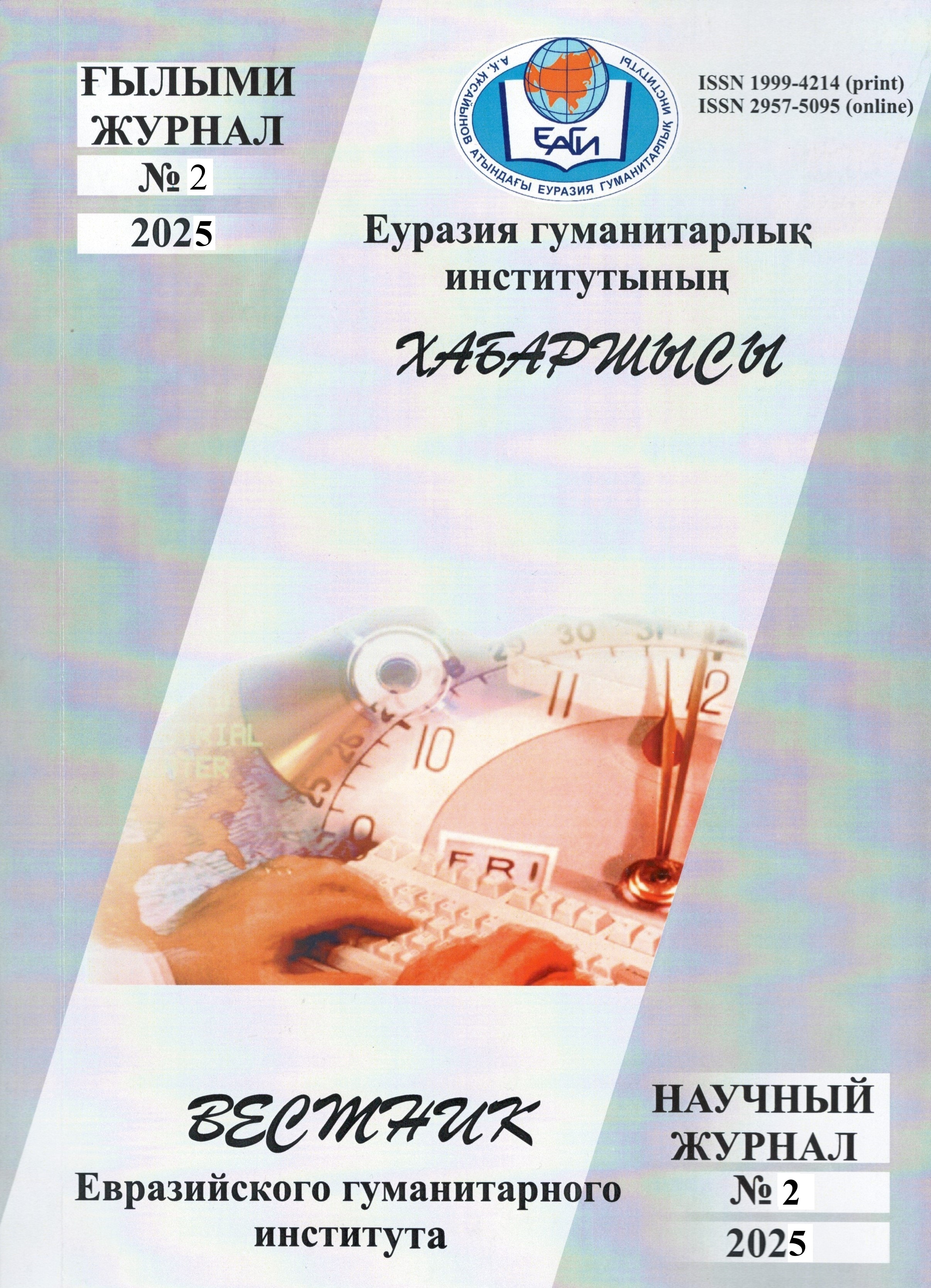LEXICO-SEMANTIC CHARACTER OF SOMATIC NAMES OCCURRING IN THE WRITTEN MONUMENT «BAYTARATU'L-VAZIH»
DOI:
https://doi.org/10.55808/1999-4214.2025-2.05Keywords:
somatisms, «Baitaratu'l-Vazikh», written monument, Old Turkic language, Mamluk-Kypchak language, somatic idioms, linguistic analysis.Abstract
The article deals with the lexico-semantic character of somatic names in the written monument «Baitaratu'l-vazih». This monument is one of the common heritage of Turkic languages written in the medieval Mamluk-Kipchak language. The study of the written monumental language is an important source in determining the history of the development of Turkic languages in general. This study opens the way to a deeper understanding of the phono-morpho-semantic features of medieval Turkic languages. The analyses and results of the study make a great contribution to the development of Turkology in a new direction. In the article for the first time somatic names on the writing monument «Baitaratu'l-Vazih» are taken as an object of research. The article systematises the names referring to body parts in the written monument «Baitaratu'l-Vazih» and determines their specific meanings. It is also proved that somatic names originating from the Old Turkic language are a lexical layer in the language system of Turkic peoples, which has been preserved up to the present day. The main purpose of the article is to linguistically analyse the somatic names found in the written monument «Baitaratu'l-Vazih» and to determine the continuity of the names of body organs occupying the lexical position of the ancient Turkic language with the modern Kazakh language. The novelty of the study is the first systematic consideration of somatic lexicon found in the monument «Baitaratu'l-Vazikh». The study of lexical-semantic system of any language is the only way to determine the semantic field and semantic structure. The article reveals the lexico-semantic character of somatic names of legs, head, tongue, ears, nose, etc. found in the written monument «Baytaratu'l-Vazikh». The wide use of these linguistic units in the modern Kazakh language in phraseological expressions, proverbs and sayings as polysemous words and their word-formation possibilities are also considered. In addition, the significance of the use of somatic names in direct and figurative meaning is determined. The results of the article can serve as a valuable scientific source in the study of language history and deep interpretation of cultural and cognitive aspects of lexical units.


